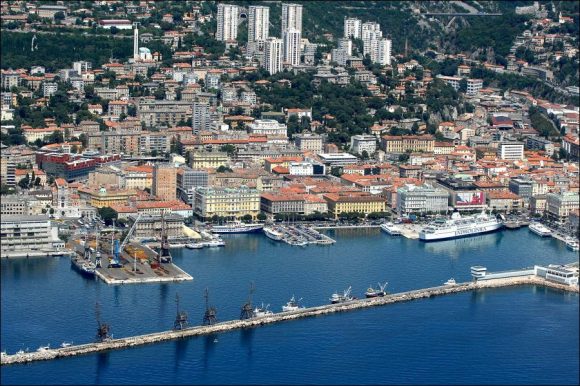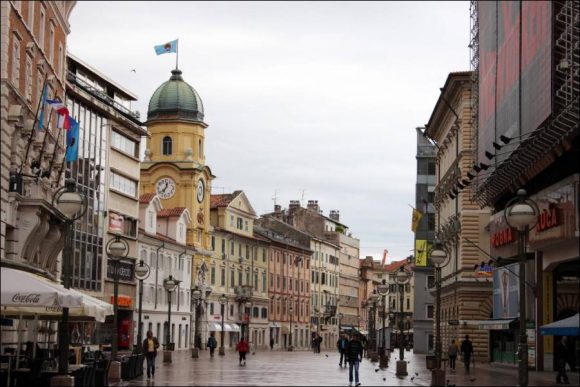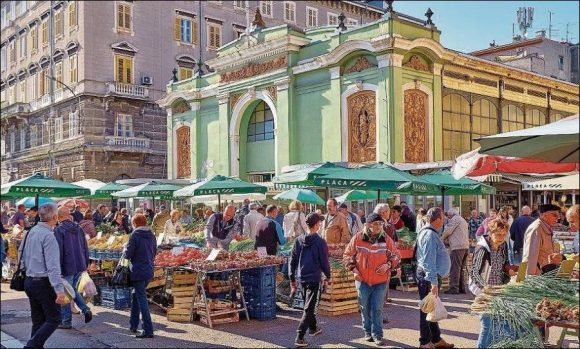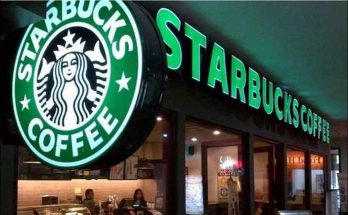It is considered to be cosmopolitan and tolerant: The former Croatian industrial city of Rijeka is currently experiencing a renaissance and was chosen together with Galway as this year’s European Capital of Culture.
Rijeka is not a beautiful city, at least not in the classic sense. For tourists, the port city in northern Croatia has so far been only one stop on the way south. There, where Mediterranean pearls such as Split and Dubrovnik with their rich Roman heritage and beautiful pebble beaches attract.
In Rijeka, rusty harbor cranes, disused factories and prefabricated buildings from the Yugoslav era dominate the cityscape. Here and there the splendor of a long time ago shimmers through in the form of magnificent buildings when the city experienced its golden era under the rule of Austria-Hungary.
Rijeka’s beauty only becomes apparent at second glance. If you want to discover them, you have to stop and take your time. Must go down the Korzo, this promenade and lifeline of the city with its numerous shops and cafes. If you climb the 538 steps of the Petar-Kruzic staircase up to the Trsat castle, you get a wonderful view of the city, the eponymous river Rjecina and the Kvarner Bay. Or you can follow the Molo Longo, the 1700 meter long pier to the sea.
The fact that Rijeka has been named European Capital of Culture is due to its cosmopolitanism. It is no coincidence that the festival’s motto is «Port of Diversity»: the city is considered more progressive and tolerant than the Catholic-conservative rest of Croatia. On the other hand, Rijeka has a rich, constantly changing history. Located at the interface of central and south-eastern Europe, the city was administered by seven different powers during the 20th century alone, reflecting the political upheavals of Europe over the past 120 years.
Industrial ruins are becoming cultural sites
Before the First World War and under Hungarian administration, the city bore the Italian name Fiume, which also means «river». Hungary developed Fiume into one of the largest Mediterranean ports, making the city a melting pot of neighboring cultures and peoples. After the collapse of the Danube monarchy there followed an independent republic among free officers, a free state, an annexation by fascist Italy and an occupation by the German Wehrmacht.
It was only under the rule of Tito, the longstanding head of state of Yugoslavia, that the port city experienced a new heyday. After the disintegration of the multi-ethnic state in the early 1990s, Rijeka became the third largest city in the now independent Republic of Croatia. The economic situation has deteriorated since then. Most of the industrial plants had to close and many residents moved away.
If you walk through Rijeka today, you can see the changing history of the city in the architecture: in the colorful juxtaposition of baroque, art nouveau and brutalism. The city received around twenty million euros from the European Union for the preservation of its architectural treasure in need of renovation.
A number of industrial ruins are currently being renovated and turned into meeting places and cultural sites, such as the Rikard-Bencic factory complex. In future it will house the city museum, the city library, a children’s center and the museum of modern art. The most ambitious renovation project in the city is Tito’s former private yacht “Galeb” (in German: Möwe). The Yugoslav ruler then received state guests and stars such as Kirk Douglas and Sophia Loren. The rusty wreck is to become a museum by 2021.
The city opened its festive year with a brilliant open-air opera that honors Rijeka’s industrial origins. The next highlight will take place this weekend with the big carnival parade. The urban carnival is known beyond national borders and takes place this year with the participation of numerous international groups.
There are 450 cultural events on the program by the end of the year, including performances of Richard Wagner’s opera “Tristan and Isolde” in the Croatian National Theater, an art exhibition about the work of young Gustav Klimt in Rijeka, and two conferences dealing with the history of the city and deal with after the end of World War II and a film festival that revolves around totalitarianism and power.
Views: 255





